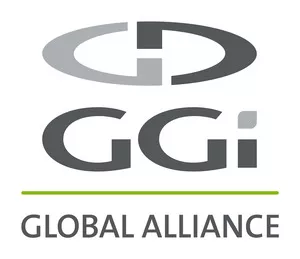- within International Law, Litigation, Mediation & Arbitration and Technology topic(s)
Various stakeholders have been urging the Financial Accounting Standards Board (FASB) to address its decades-old guidance, noting its decreasing relevance due to changes in how software is developed.
Specifically, many entities have shifted from using a prescriptive and sequential development method (for example, waterfall) to using an incremental and iterative development method (for example, agile). Existing internal-use software accounting requirements do not specifically address software developed using an incremental and iterative method. Accounting Standards Update (ASU) 2025-06 was issued in September 2025 to address these matters.
Scope
The recent ASU applies to all entities subject to the internal-use software guidance in Accounting Standards Codification (ASC) Subtopic 350-40, and to all entities that account for website development costs in accordance with Subtopic 350-50. It does not affect software costs subject to Subtopic 985-20 related to external-use software.
Main provisions
This ASU removes all references to prescriptive and sequential software development stages (referred to as "project stages"). Therefore, an entity is required to start capitalising software costs when both of the following occur:
- Management has authorised and committed to funding the software project.
- It is probable that the project will be completed and the software will be used to perform the function intended (referred to as the "probable-to-complete recognition threshold").
In evaluating the probable-to-complete recognition threshold, an entity is required to consider whether there is significant uncertainty associated with the development activities of the software.
The two factors to consider in determining whether there is significant development uncertainty are whether:
- The software being developed has technological innovations or novel, unique, or unproven functions or features, and the uncertainty related to those technological innovations, functions, or features, if identified, has not been resolved through coding and testing.
- The entity has determined what it needs the software to do (for example, functions or features), including whether the entity has identified or continues to substantially revise the software's significant performance requirements.
The ASU supersedes the website development costs guidance and incorporates the recognition requirements for website-specific development costs. The ASU also outlines specified disclosures under property and equipment.
Effective dates
These amendments are effective for all fiscal years beginning after 15 December 2027; early adoption is permitted. These provisions may be applied using any of the following transition approaches:
- A prospective transition approach;
- A modified transition approach based on the status of the project and whether software costs were capitalised before the date of adoption; or
- A retrospective transition approach.
The content of this article is intended to provide a general guide to the subject matter. Specialist advice should be sought about your specific circumstances.


